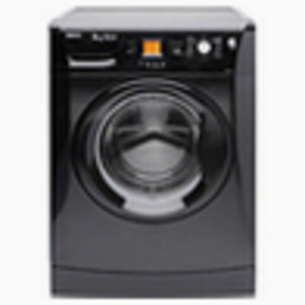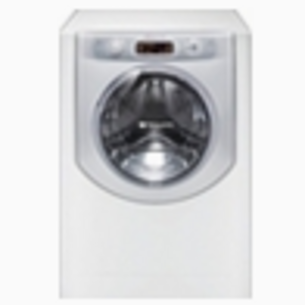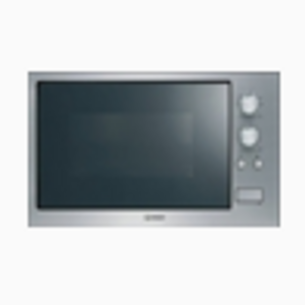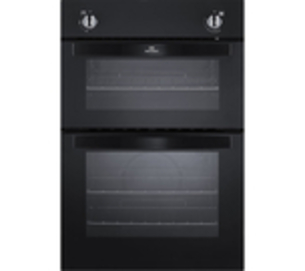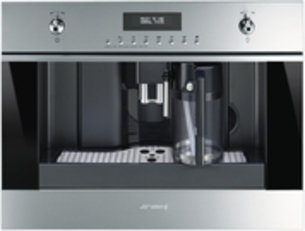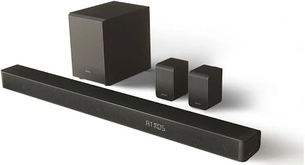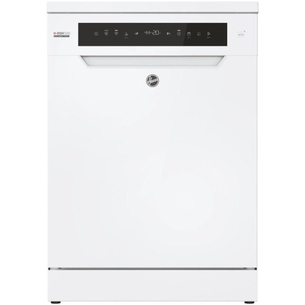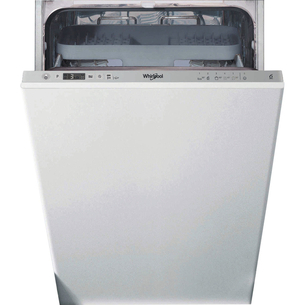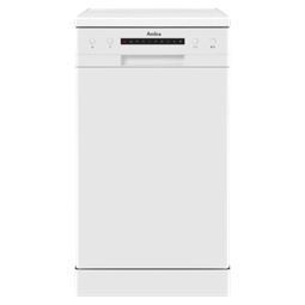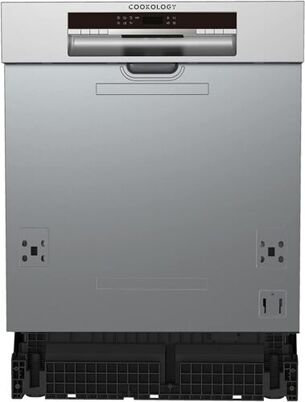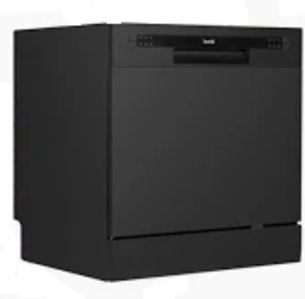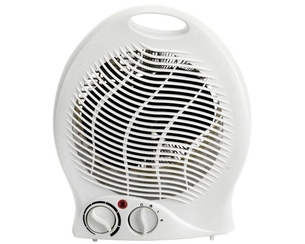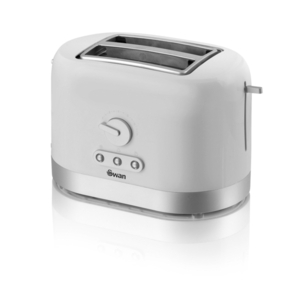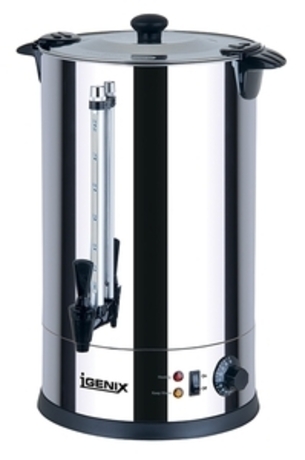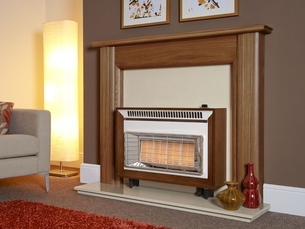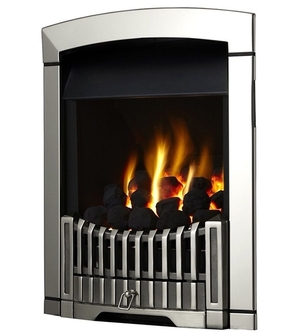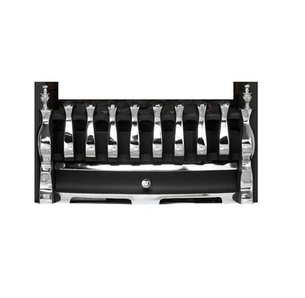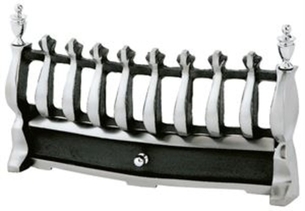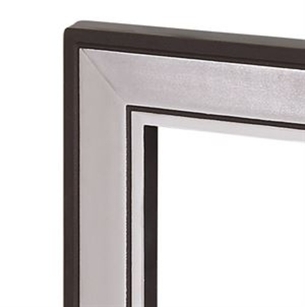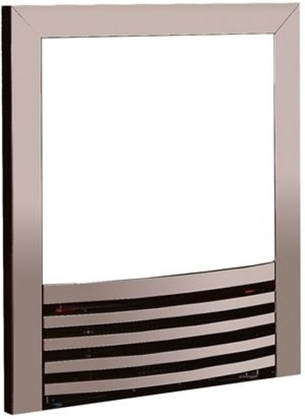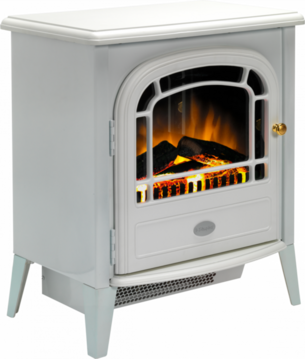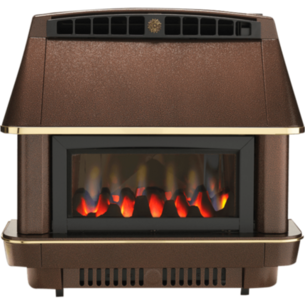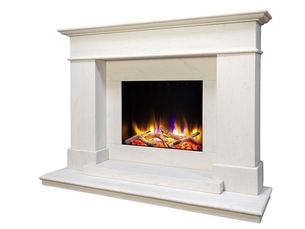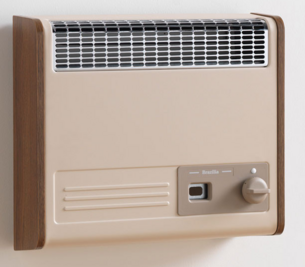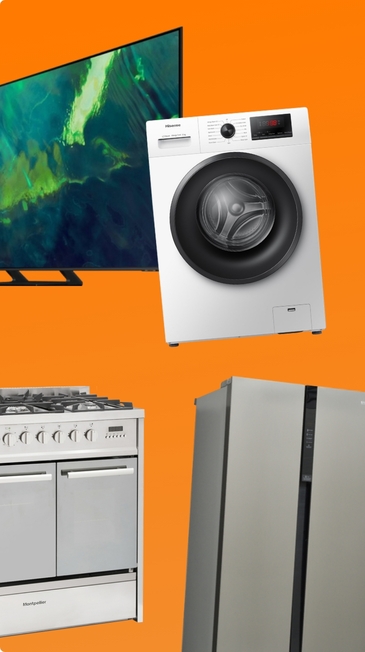NOW OPEN SUNDAYS 10:00 - 4:00pm
-
Laundry

save up to 50% in our ex display and clearance | deals not to be missed
-
Cooking
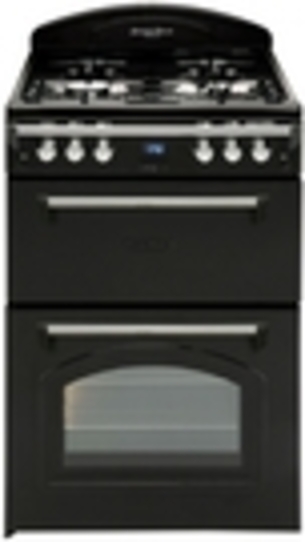
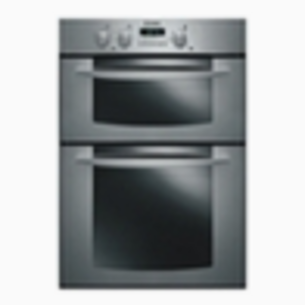
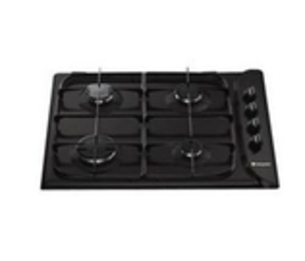
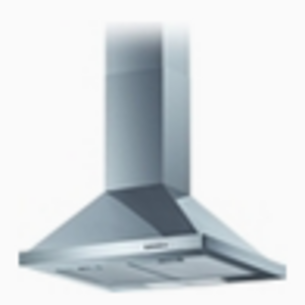
save up to 50% in our ex display and clearance | deals not to be missed
-
Refrigeration
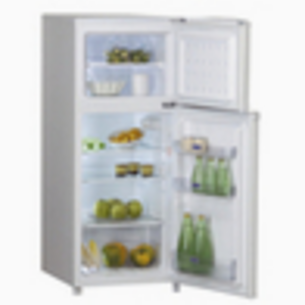
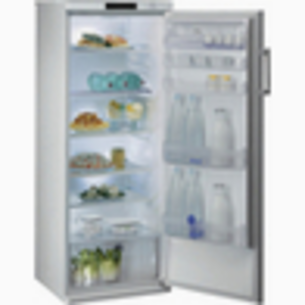

save up to 50% in our ex display and clearance | deals not to be missed
-
TV & Home Entertainment
save up to 50% in our ex display and clearance | deals not to be missed
-
Dishwashers
save up to 50% in our ex display and clearance | deals not to be missed
-
Small Appliances
save up to 50% in our ex display and clearance | deals not to be missed
-
Floorcare
save up to 50% in our ex display and clearance | deals not to be missed
- Sinks & Taps
-
Fire & Stoves
save up to 50% in our ex display and clearance | deals not to be missed
- Deals
- help & advice
- track order
- wishlist
Updated Energy Ratings
The energy rating system for home appliances has undergone significant changes in recent years to better reflect modern energy efficiency standards. These modifications were essential due to the growing demand for eco-friendly products and the need to provide consumers with clearer information on energy consumption. The transition from the old energy rating system to the new one is aimed at improving transparency and ensuring that energy-efficient products are accurately represented. This essay explores the key differences between the old and new systems, their impact on consumers, and the reasons behind the change.
The Old Energy Rating System
The old energy rating system, which was introduced in the 1990s by the European Union, used a scale from A+++ to D to classify the energy efficiency of appliances. Initially, the highest rating was "A," but as technology advanced and more energy-efficient appliances were developed, additional categories (A+, A++, and A+++) were introduced. This was done to differentiate highly efficient products from those that just met the minimum standards for the "A" rating.
However, this system became increasingly confusing for consumers. The A+ to A+++ labels were difficult to interpret, and many consumers assumed that products with an A+ rating were the most efficient, not realizing that A+++ was significantly better. This complexity also made it challenging for consumers to make informed purchasing decisions, as the vast majority of appliances on the market were rated A+ or above, giving little indication of actual energy performance differences between them.
The New Energy Rating System
In March 2021, the European Union introduced a new, simplified energy rating system, which aimed to address the shortcomings of the old model. The new scale ranges from A to G, with no "plus" categories (A+, A++, A+++). This revision provides consumers with a clearer and more straightforward understanding of energy efficiency. Under the new system, the criteria for each rating have become stricter, and it is more challenging for appliances to achieve an "A" rating.
Many products that were previously rated A+++ are now classified in lower categories, such as B or C, under the new system. This change does not indicate that these products have become less efficient; rather, the recalibration reflects higher standards. The A rating is now reserved for the most energy-efficient technologies available, encouraging manufacturers to innovate and produce even more eco-friendly products.
Key Differences and Consumer Impact
One of the most significant changes between the old and new systems is the elimination of the A+ to A+++ ratings, replaced by a more intuitive A to G scale. This provides greater clarity for consumers, enabling them to make more informed decisions when purchasing appliances. Under the new system, an appliance with a B or C rating is still relatively efficient compared to older products, but it highlights that there is room for improvement in terms of energy use.
The new energy labels also include a QR code, which consumers can scan to access more detailed information about the appliance. This feature provides additional transparency and helps consumers compare products based on factors such as energy consumption, water usage, and noise levels. This is especially useful for environmentally conscious consumers who want to minimize their carbon footprint.
The motivation for revising the energy rating system stems from the need to promote sustainability and combat climate change. As energy efficiency technology has advanced, it became necessary to create a system that would continue to challenge manufacturers to improve. The new scale ensures that appliances have to meet much stricter criteria to achieve higher ratings, driving innovation and reducing overall energy consumption in households.
The shift from the old energy rating system to the new one represents a significant step forward in promoting energy efficiency. The simplified A to G scale, coupled with stricter standards, provides consumers with clearer information and incentivizes manufacturers to produce more sustainable appliances. These changes will likely lead to greater energy savings, reduced environmental impact, and more informed consumer choices.
